Women in Ancient and Medieval India
History of Science, Philosophy and Culture in Indian Civilization
Synopsis
The Volume is a part in the series of the Project (PHISPC), the aim of which is to discover the main aspects of Indian culture and civilization in the given socio-historical matrix narrated by Indian historians and historiographers. Every age rewriters its own history with fresh reassertion of having discovered newer truths. The most important characteristic of being human is to be self-aware and to deepen the knowledge of this self-consciousness in all dimensions--historical, cultural and ethnic. This is what this Volume is trying to re-discover, i.e. the ideational past in the sense of self-consciousness with respect to the womanhood of India. The Volume delineates the different aspects and perspectives of the concept of woman in the traditional past and the place accorded in society by different schools of thought both pro-Vedic and anti-Vedic. Buddhism, Jainism and Islam have been given due importance. The unifying character as well as the conflictual and assimilative aspects of these schools of philosophy has been kept in mind while discussing the position of women in Indian tradition. If human essence is understood to be universal then some significant questions arise: What would be the status of women? Has Indian tradition treated women with a bias? What has been the socio-economic status of women in the different epochs of the cultural past of India? These are some of the questions raised and answered in the volume. Indian culture has been described as Vedic, Sramanic and Tantric. The three stream have intermingled and never remained exclusive. The Vedic stream included Vedas, Upanisads, Bhagavad Gita and the epic literature of Ramayana and Mahabharata. It further included Dharmashastra, Arthasastra and various Smritis. The Buddhist Tripitakas, Jaina Agamas and Saiva Sakta agamas are the sources of Sramana and Tantra traditions. All these sources have been covered in Part I of this Volume. Part II of the Volume covers the medieval period reflecting assimilation and dissimilation of divergent cultural and religious traditions of thought which co-existed in India. "Woman in Medieval India" describes Akbar's contribution towards prohibiting the practice of sati and extending inheritance to women which normally was not given by Muslim law. Women in Sikh tradition and mother centric tribal tradition in the North east showing fusion of seven cultures constitute important landmarks in the history of liberation of women from the shackles of slavery in Indian society.
Read more
The Volume is a part in the series of the Project (PHISPC), the aim of which is to discover the main aspects of Indian culture and civilization in the given socio-historical matrix narrated by Indian historians and historiographers. Every age rewriters its own history with fresh reassertion of having discovered newer truths. The most important characteristic of being human is to be self-aware and to deepen the knowledge of this self-consciousness in all dimensions--historical, cultural and ethnic. This is what this Volume is trying to re-discover, i.e. the ideational past in the sense of self-consciousness with respect to the womanhood of India. The Volume delineates the different aspects and perspectives of the concept of woman in the traditional past and the place accorded in society by different schools of thought both pro-Vedic and anti-Vedic. Buddhism, Jainism and Islam have been given due importance. The unifying character as well as the conflictual and assimilative aspects of these schools of philosophy has been kept in mind while discussing the position of women in Indian tradition. If human essence is understood to be universal then some significant questions arise: What would be the status of women? Has Indian tradition treated women with a bias? What has been the socio-economic status of women in the different epochs of the cultural past of India? These are some of the questions raised and answered in the volume. Indian culture has been described as Vedic, Sramanic and Tantric. The three stream have intermingled and never remained exclusive. The Vedic stream included Vedas, Upanisads, Bhagavad Gita and the epic literature of Ramayana and Mahabharata. It further included Dharmashastra, Arthasastra and various Smritis. The Buddhist Tripitakas, Jaina Agamas and Saiva Sakta agamas are the sources of Sramana and Tantra traditions. All these sources have been covered in Part I of this Volume. Part II of the Volume covers the medieval period reflecting assimilation and dissimilation of divergent cultural and religious traditions of thought which co-existed in India. "Woman in Medieval India" describes Akbar's contribution towards prohibiting the practice of sati and extending inheritance to women which normally was not given by Muslim law. Women in Sikh tradition and mother centric tribal tradition in the North east showing fusion of seven cultures constitute important landmarks in the history of liberation of women from the shackles of slavery in Indian society.
85.50
76.95
$
95.00 $
Free delivery Wolrdwidе in 10-18 days
Ships in 1-2 days from New Delhi
Membership for 1 Year $35.00
Get it now and save 10%
Get it now and save 10%
BECOME A MEMBER
Books by the same authors
-

Marxian Ethics: Some Preliminary considerations
-
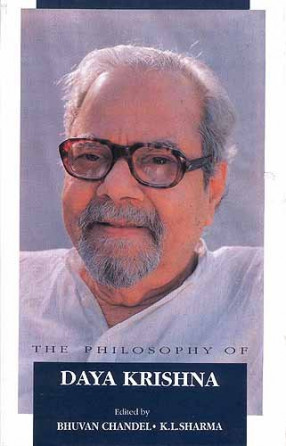
The Philosophy of Daya Krishna
-
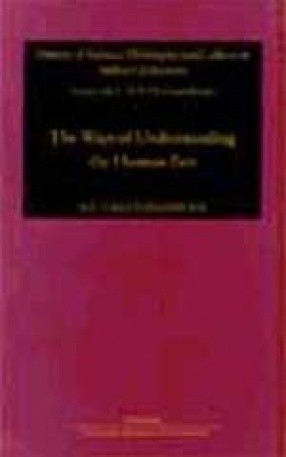
Ways of Understanding the Human Past : Mythic, Epic, Scientific and Historic
-
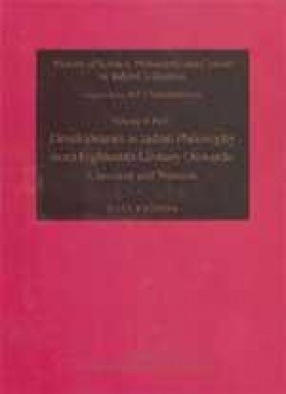
History of Science, Philosophy and Culture in Indian Civilization: Developments in Indian Philosophy from Eighteenth Century Onwards: Classical and Western (Volume X, Part I)
-
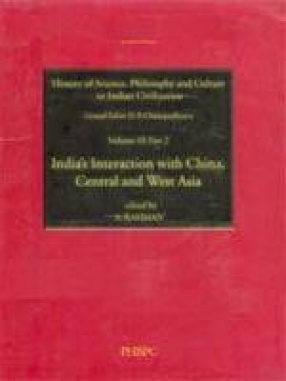
History of Science, Philosophy and Culture in Indian Civilization: Interaction with China, Central and West Asia (Volume III, Part II)
-
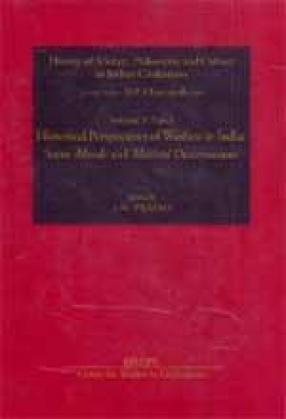
History of Science, Philosophy and Culture in Indian Civilization: Historical Perspectives of Warfare in India: Some Morale and Material (Volume X, Part III)

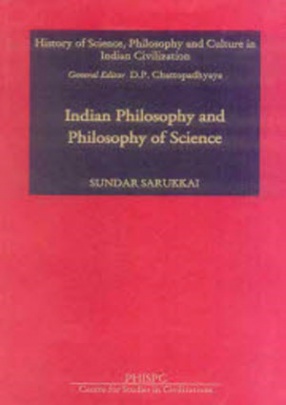
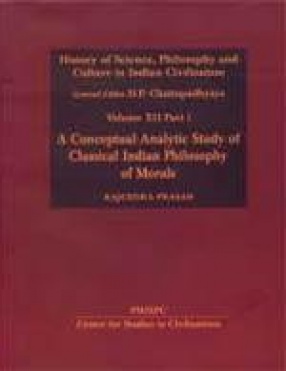
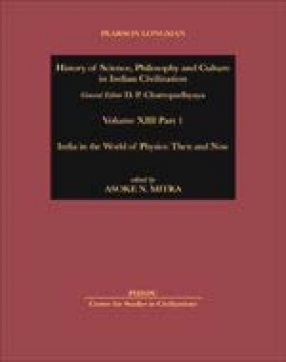

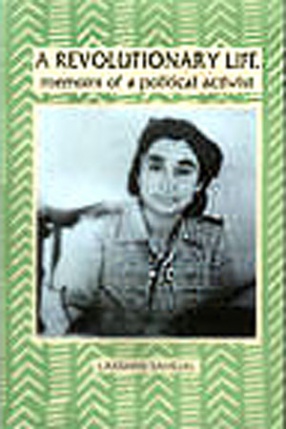
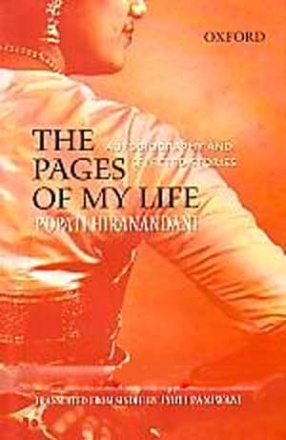


Bibliographic information
D.P. Chattopadhyaya